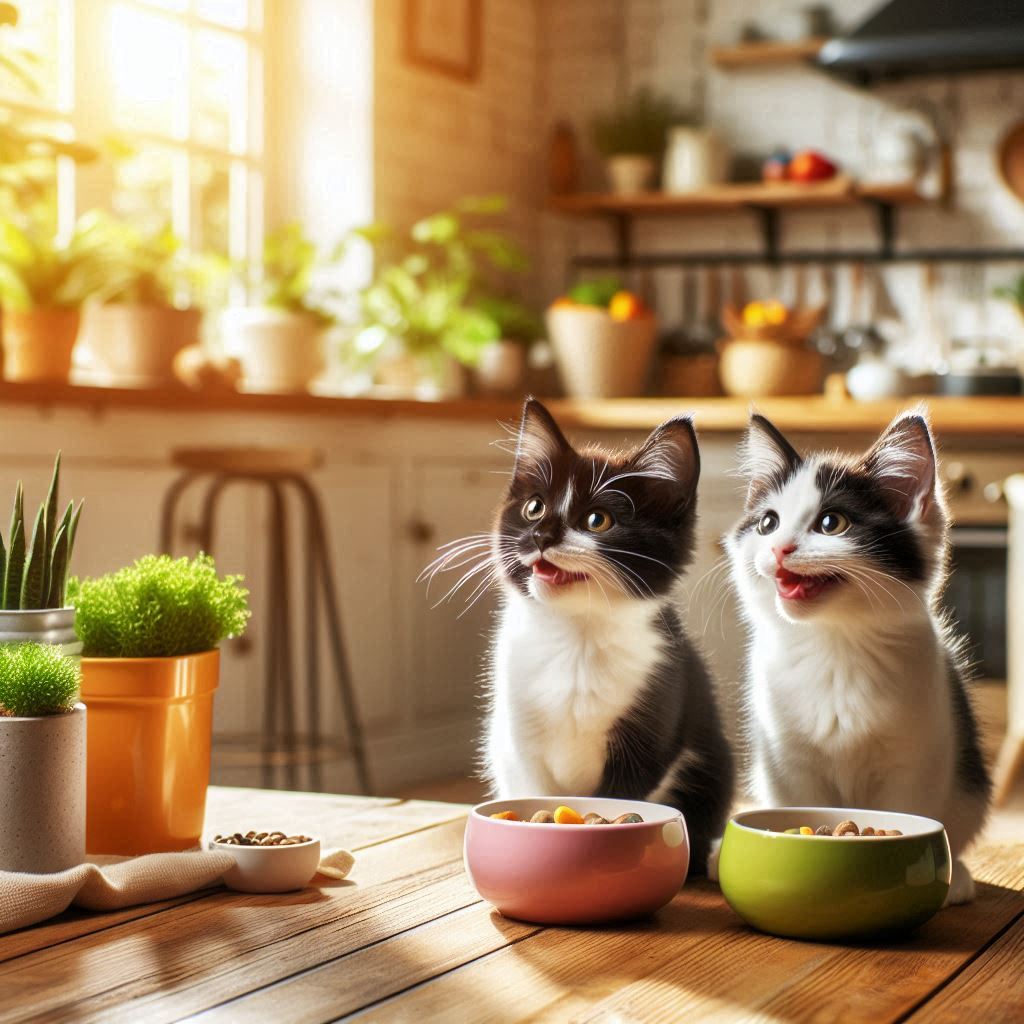Social Eater in Cats: The Comfort of Championship at Mealtime
Did you know that cats can be social eaters, just like us?
Just as we enjoy sharing meals with friends and family, some cats feel more comfortable eating when they’re not alone — whether that means dining beside their favorite human, another cat, or even a different animal species.
According to Google AI Overview, “social eating in cats refers to the behavior of eating only when their human is present,” a behavior also known as affectionate eating. This pattern often occurs in cats who draw comfort, confidence, or security from a trusted presence during mealtime.
------
A Personal Observation:
In my own experience, I’ve observed only one instance of social eating between two unrelated cats. This behavior tends to be more common among littermates or bonded pairs, but exceptions do happen.
The cat I observed had been rescued from a feral colony. Naturally cautious and nervous around people, this young cat found reassurance in another rescued street cat — a calm, confident companion. At first, the timid cat would only eat if the other cat was nearby. Over time, their mealtimes became a ritual of trust and emotional comfort, revealing just how powerfully companionship can shape feline behavior.
------
Why Do Cats Engage In Social Eating?
Social eating can arise for a variety of reasons, from anxiety and insecurity to bonding and emotional support.
According to Dr. Margie Scherk, DVM, and the Journal of Feline Medicine and Surgery (2013), feline social structures are far more complex than once thought. In multi-cat colonies, related cats often eat near one another as a form of social cohesion. This behavior can translate into domestic life, where cats may eat when a familiar companion — feline or human — is present.
Similarly, veterinary behaviorist Dr. Sarah Ellis of the International Cat Care organization notes that affectionate eating may reflect a cat’s desire for environmental safety. When anxious or unsure, a cat’s appetite can decrease; the presence of a trusted companion helps reduce that stress, allowing the cat to eat comfortably.
-----
Supporting A Social Eater
If your cat only eats when you’re nearby, it isn’t necessarily a sign of a problem — it’s often a sign of trust. Here are a few gentle ways to support your feline friend:
• Create a calm, consistent feeding environment. Routine builds security.
• Sit quietly nearby during mealtime. Your presence alone can be reassuring.
• Avoid rushing the process. Independence may come naturally over time.
• Use positive reinforcement, such as soft words or gentle affection if your cat enjoys it.
Over time, some cats may grow more confident and begin eating on their own, while others may always prefer companionship — both are completely normal expressions of feline behavior.
------
Final Thoughts
Social eating is a beautiful reminder that cats, often labeled as independent, are capable of deep emotional connections. Their desire to share mealtime reflects trust, bonding, and a sense of belonging.
So the next time your cat waits for you to sit down before taking a bite, consider it a silent thank-you — you’ve become part of their comfort and their world.
------
References:
Ellis, S. L. H. (2020). Affectionate Eating in Domestic Cats. International Cat Care.
Scherk, M. A. (2013). Understanding Feline Social Structure. Journal of Feline Medicine and Surgery, 15(9), 737–748.
Google AI Overview: “Social eating in cats refers to the behavior
of eating only when their human is present.”
